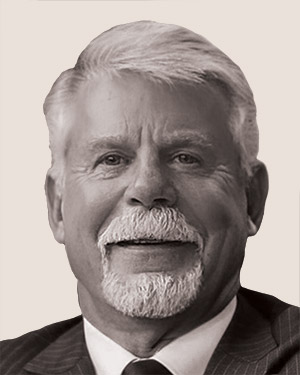
Related Article:
Blockbuster Breakwater: Alternative Construction Method Put to the Test in Tampa Bay
Back to:
25 Top Newsmakers
For more than 20 years, Scott Bartkowski, president and founder of Living Shoreline Solutions Inc., has been engineering and constructing artificial reef modules for a variety of project owners, across the U.S. and internationally. His impetus for creating the patented wave-attenuation devices, known as WADs, occurred in the 1990s during a Gulf of Mexico fishing excursion on a boat that was pulling a barge full of old Volkswagen Beetles out to sea to create a reef.
The former U.S. Navy pilot—an avid scuba diver who had explored numerous reefs all over the world, including Australia’s Great Barrier Reef—was dumbfounded by the idea that rusted-out cars would be used for that purpose.
“I said, those will be gone’” in no time, Bartkowski recalls. “There’s got to be a way to develop an artificial reef that turns into a natural barrier reef.”
Shortly thereafter, in 1997, Bartkowski founded Living Shoreline Solutions, along with its sister international company, Artificial Reefs and Coastal Restoration Inc. Initially, he focused on smaller projects for private individuals, environmental groups and municipal governments.
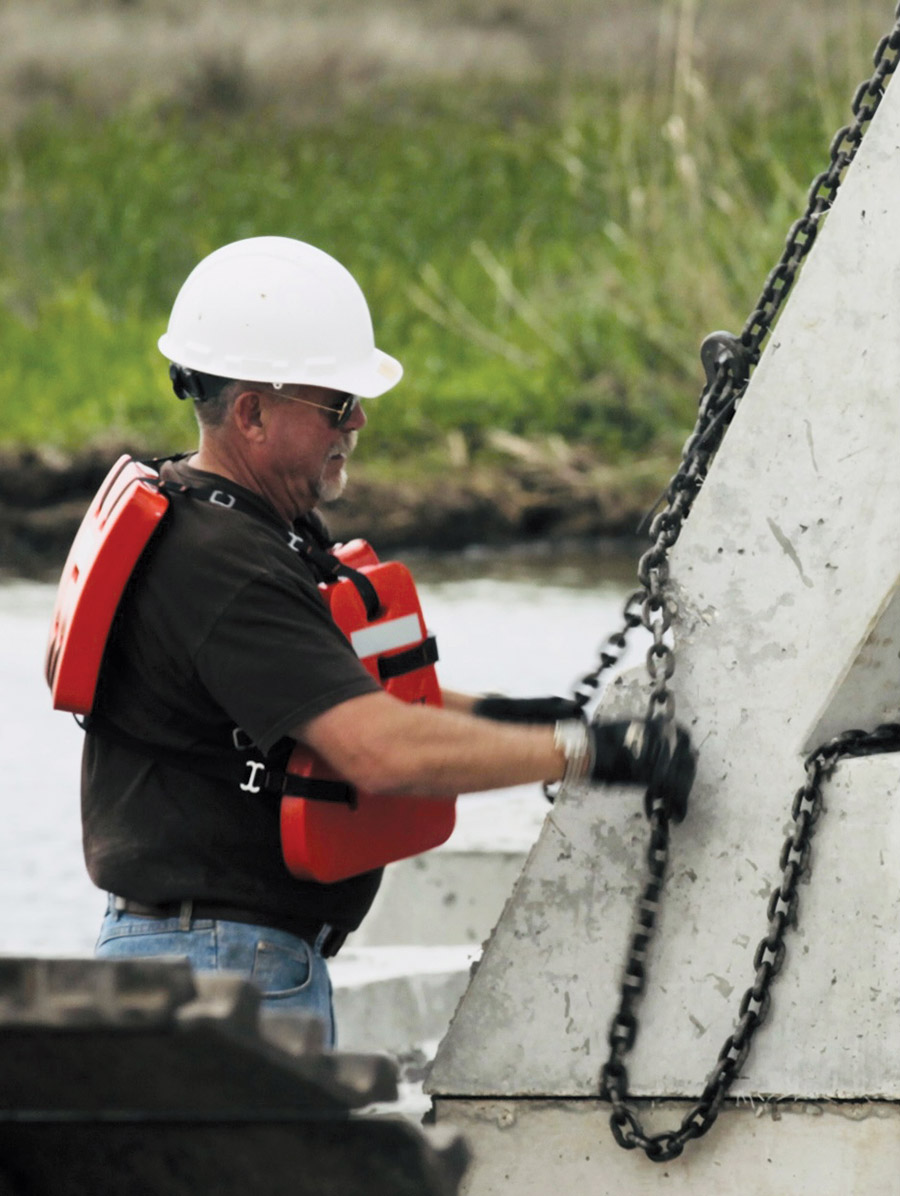
Photo courtesy Scott Bartkowski
Big Test
From the beginning, the WADs have been designed as pyramid-shaped concrete structures—that provide inherent stability–with dimensions that vary by location. Their deployment last summer as part of a Florida Dept. of Transportation project at the Sunshine Skyway Bridge marked the first time that the company and the WADS had been used by a state- or federal-level agency.
Just prior to Bartkowski and company completing installation last summer of the roughly 840 three-sided devices—with varying heights of 8.5 ft and 10 ft—Hurricane Idalia made its way through the Tampa Bay area, providing the first significant test of the system. The storm’s surge temporarily submerged the WADs, he says, but the system held and protected the nearby seawall. The biggest impact to the array was that the storm accelerated settlement of the devices, which was predicted to be roughly 6 in., Bartkowski says. “They’re not going anywhere,” he notes.
Prior to construction, a significant analysis conducted by University of South Florida coastal geology professor Ping Wang indicated that the devices would reduce wave height by at least 90%, including during storm surge events, he explains.
After Idalia passed through the area, the professor and his team examined site impacts and how the system performed. “The system appeared to have held quite well,” Wang says, noting that “there wasn’t any significant tilting or subsidence.”
According to the professor, who first met Bartkowski on one of the contractor’s earlier projects, “a lot of agencies may have had issues” with using the technology in the past, but their “perceptions have changed over the years.” Ping adds that the discovery that the system not only protects shorelines, but also helps promote development of wetlands, has made the WADs “much bigger than what he [Bartkowski] initially thought.”
Florida DOT’s highlighting of the Sunshine Skyway Bridge project, completed last fall, has since brought fresh attention to Bartkowski and his company team. “We’ve had a lot of engineering firms contact us, and we’ll do a teaming agreement with them,” he says. “We’re busy.”
All ENR 2023 Top 25 Newsmakers will be honored at the Award of Excellence Gala on April 11 in New York City.
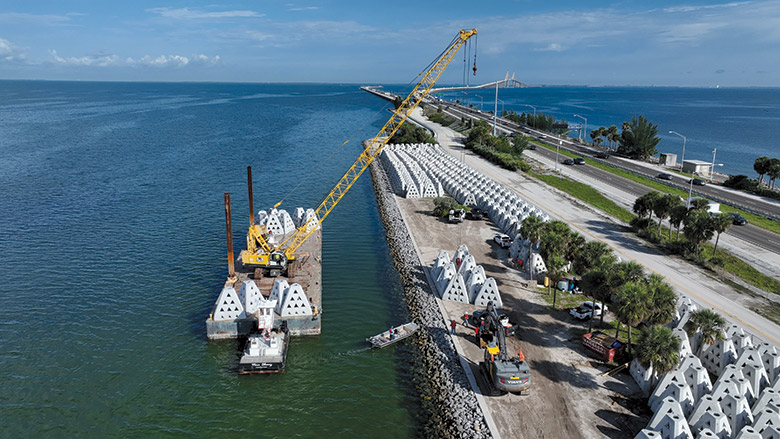


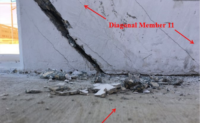
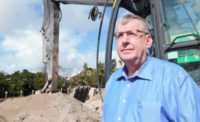
Post a comment to this article
Report Abusive Comment